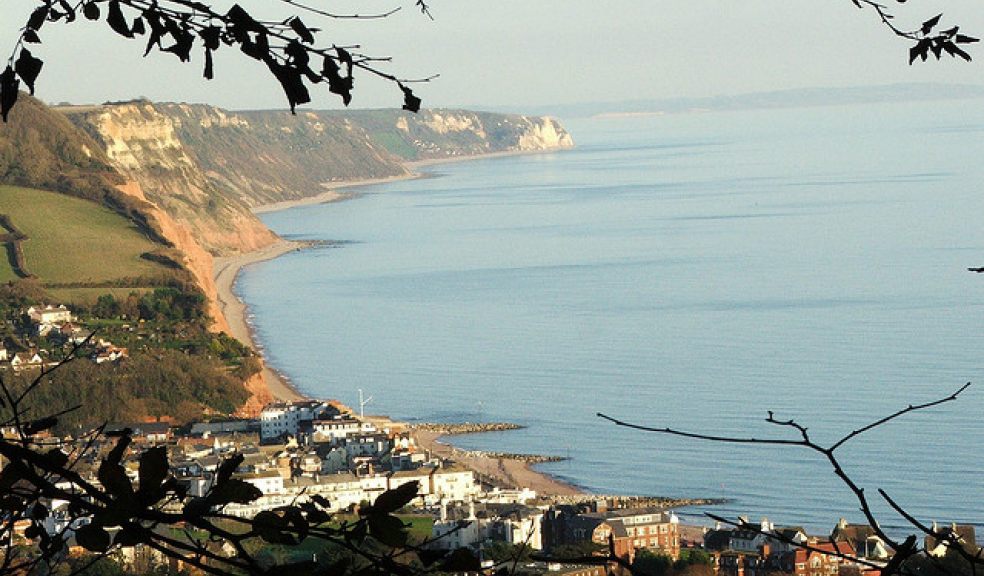
Help shape how the Jurassic coast is looked after
The Jurassic Coast Partnership would like to hear from local people about their views on how the World Heritage Site, which extends 95 miles from Exmouth to Studland, should be looked after.
The site is managed through a partnership which includes Dorset County Council and Devon County Councils. A management plan sets out details of how the site is looked after and what activities have been agreed.
The plan is reviewed every five years to keep it up to date and relevant. The opinions of local people are being sought on the new draft plan.
Sam Rose, Jurassic Coast World Heritage Site Manager said: “The most important people for the future protection, conservation and use of the World Heritage Site are those who live or work on, or near it, and those who visit and enjoy it. This plan is in draft form so that anyone with an interest in the Jurassic Coast can have a say in its management, and we would like to hear from you."
Cllr Hilary Cox, Dorset County Council’s Cabinet member, said: “The Jurassic Coast benefits local people in many different ways. It is important that we manage this in a way that continues to support communities.”
Devon County Councillor and local member for Seaton Coastal, Jim Knight said; “This is a valuable and extremely important part of our regions natural heritage and I would encourage people to get involved with the plan. This stretch of coast attracts many thousands of visitors every year and it’s vital we plan carefully for how it is managed and looked after in the future.”
The plan is available online at http://jurassiccoast.org/plan, in libraries museums and visitor centres along the coastline. A printed version is available on request – call 01305 221000 and ask for the Jurassic Coast Team. The consultation closes on Monday 30 December.
The Dorset and East Devon Coast, popularly known as the Jurassic Coast, was inscribed as a World Heritage Site in 2001, based on its unique and spectacular geology.
The layers of rock exposed along the 95 miles of coast between Exmouth in east Devon and Studland in Dorset record 185 million years of Earth history through the Triassic, Jurassic and Cretaceous periods.
The rocks exposed in the cliffs of the Jurassic Coast are gently tilted to the east, meaning the oldest are exposed in the west and as you travel east from Exmouth the layers of rock get progressively younger and younger. This gives us a ‘walk through time’ that is seen nowhere else in the world. For more information visit www.jurassiccoast.com

















